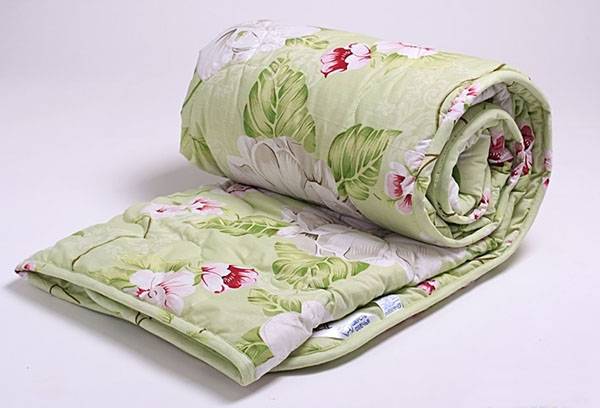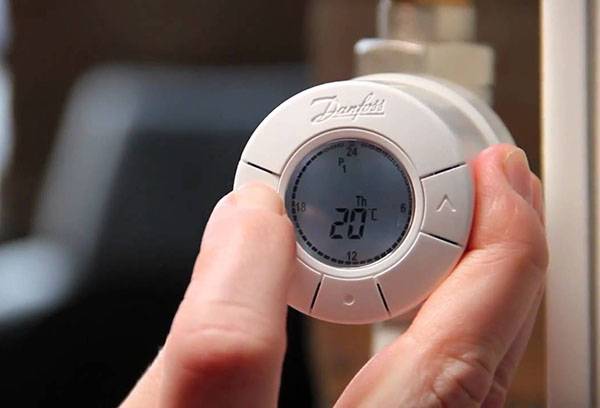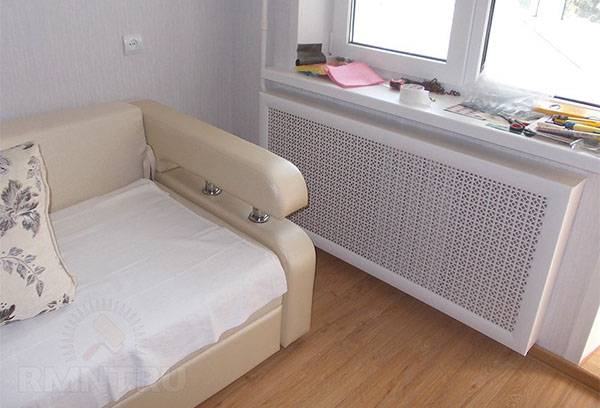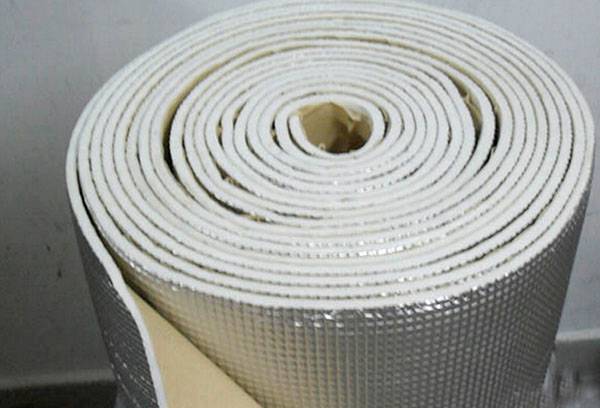What is the best way to cover the radiator if the house is too hot?
The question of how to protect a battery in an apartment from excessive heat is often found on the Internet. Various thematic and simply everyday forums are replete with this kind of messages, giving homeowners valuable practical advice. You can refer to some of them.

The simplest way
Widely used in standard apartments, cast iron radiators are the best way to heat residential premises. However, such heating devices also have their drawbacks, mainly associated with the lack of a thermostat and an excessively high output of accumulated energy. You can consider ways to optimize the operation of cast iron radiators, if any are present in your apartment.
The simplest and most effective material for eliminating excessive heat transfer from a cast iron battery is a regular blanket placed on the planes of the radiator. Closing the battery with it will be a matter of seconds for you. The possible predicted skepticism of many Internet users is associated, first of all, with poor knowledge of the physical processes described in the school curriculum.
Reduced indoor humidity will be a minor side effect. It can be easily eliminated by purchasing an air humidifier (its average consumption in a typical apartment is up to three liters of water per day) and a psychrometer - a device that controls the level of humidity in the room.
Advice
Do not use the windows as a way to lower the room temperature; they can only be opened for natural ventilation of the room. Otherwise, the presence of very dry air in the apartment can lead to unpleasant consequences for the nasopharynx and skin. The heat escaping from the room will not significantly reduce the heating temperature.
The rationale for such advice lies in the physical processes that occur when cold street air enters the apartment. This air, which has a low level of humidity, heats up as it passes through the window into the room and reduces the absolute value of humidity. Accordingly, an increase in the humidity of the apartment atmosphere will occur with the help of your breath and skin, taking away the water it needs from the body.
Alternative methods
One of the alternative ways to protect against excessive heat in a living space is to purchase and install a special valve. Such a simple device allows you to regulate the level of thermal energy supplied to the battery and save its value in ruble equivalent. The principle of saving becomes important for apartment owners, since heat distribution will be possible depending on atmospheric conditions.
The current state of the market for plumbing fixtures and fittings makes it possible to purchase a special protective screen that operates on the principle of blinds. One turn of the flaps of such a screen helps to reduce the amount of thermal energy distributed throughout the apartment, as well as minimize the risk of burns from an excessively hot radiator. Another advantage of placing a louvered screen is the simplicity of its design, which allows you to avoid complex installation work.Installing this type of device will not take more than 10 minutes of your time.
The most radical way to limit the heat supply to your apartment is to contact the office of the management company. Such treatment will reduce the thermal effect from the apartment radiator by covering the corresponding common house valve. This method is not a panacea if limiting the heat supply to the apartment is necessary exclusively for you. Using this option will also affect your housemates who may not be feeling hot.
Using a Heat Shield
The heat from the hot battery is transferred in different directions and directions, creating a comfortable environment in the apartment. The use of a special heat shield will not only effectively reduce the excessive temperature of the battery, but also avoid heat leakage, reaching up to 20 percent. A battery placed in a niche releases heat not only into the apartment, but also onto the external wall, actually heating the street.
The heat shield can be installed using a special heat-insulating material placed between the wall and the heating radiator.
This “life hack” will give the heating system several extremely positive qualities:
- providing thermal insulation of walls;
- prevention of excessive heat transfer resulting from differences in street and room temperatures;
- ensuring an effect in which heat from the heating device is reflected into the depths of the room;
- achieving uniform distribution of heat transfer, protection against battery overheating.
Various thermal insulation materials used to create screens have a foil base.A special combination of materials such as polystyrene foam or polyethylene foam with foil can shield thermal energy through good thermal insulation properties. The foil present in this device reflects about 90 percent of the heat, eliminates its loss and helps it to be evenly distributed throughout the room.
Heat Shield Materials
Foil foam is usually found in retail sales as short rolls. The thickness of the material layer in this case is up to 3 millimeters, and for foamed polyethylene – up to 4 millimeters. The thermal insulation properties of these materials are comparable to the properties of a 100 mm layer of mineral wool insulation.
When placing a screen that reflects heat, one can and should take into account such an important factor as the minimum distance between the edge of the radiator section of the battery and the inner wall, which is 4 mm. If you change this distance downward, it will complicate or disrupt the circulation of warm air and, as a result, convective heat transfer and the efficiency of the radiator.
Special cases of placing a heating battery on the wall do not allow the installation of a full-fledged screen that reflects heat. The way out of this situation is to mount aluminum foil on the wall, its shiny surface copes well with heat reflection. One sheet of such material, placed on a standard brick wall (if its thickness is 51 centimeters), will reduce the heat transfer loss of the battery by up to 35 percent.
The various methods discussed above for eliminating excess thermal energy from a battery can be taken into account as effective methods that have been proven in practice.If it gets too hot in the apartment, use what is said to make your home as comfortable as possible.



Great article. I'll definitely try it next winter. Our radiators are heating up so it’s impossible to stay in the apartment